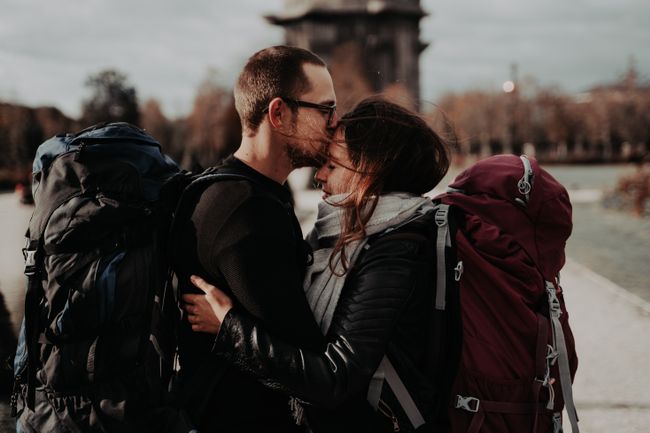Enough with the fun...
بڵاوکراوەتەوە: 05.05.2019
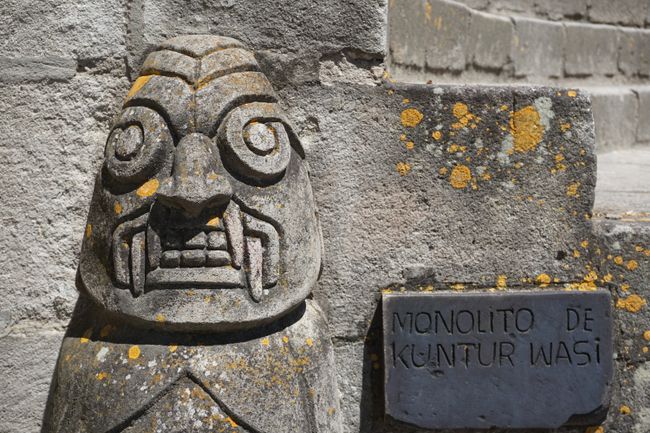
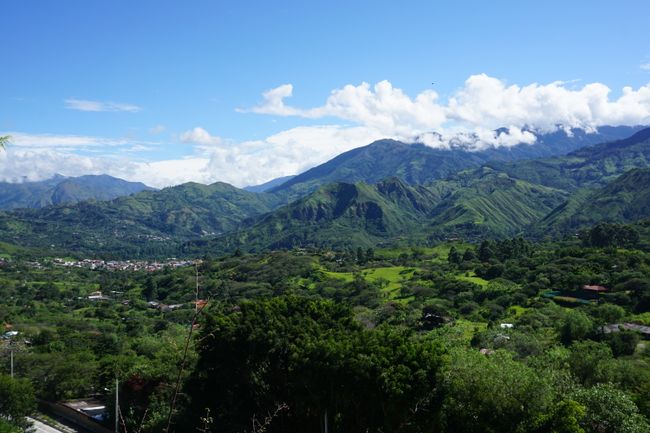
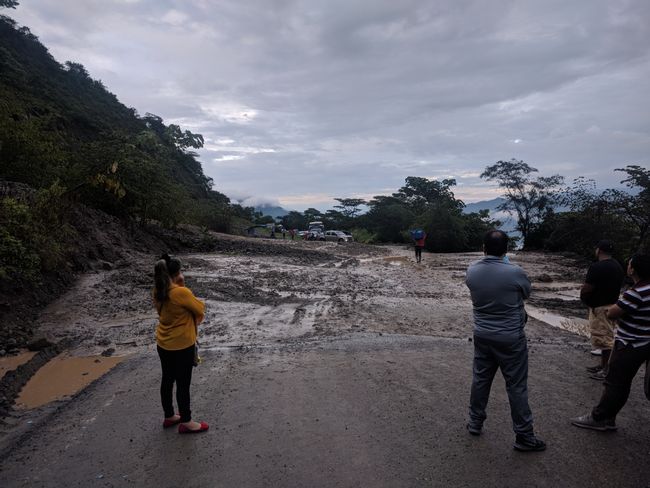
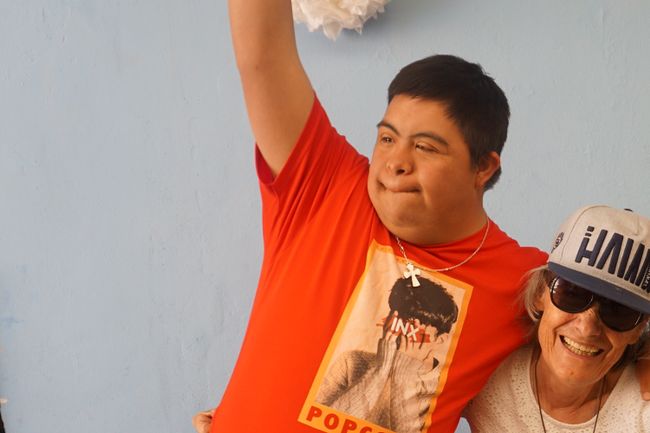
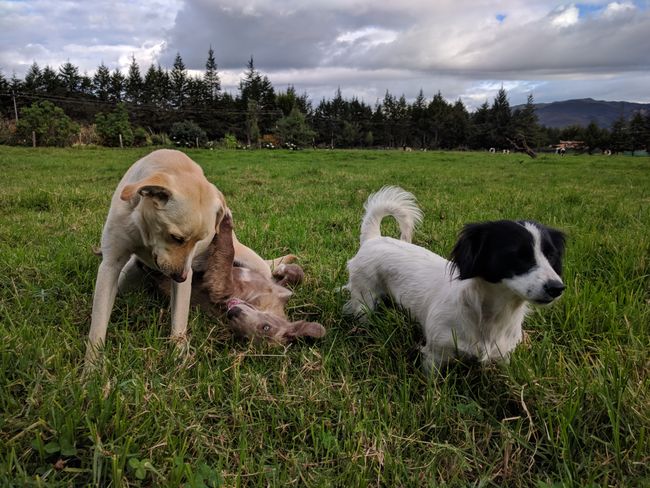
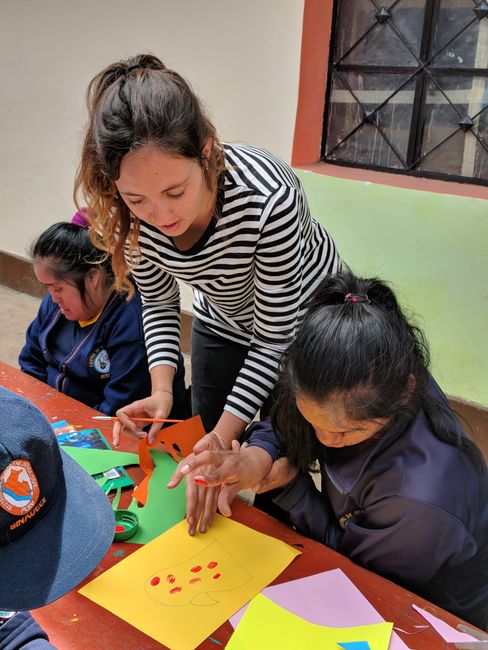
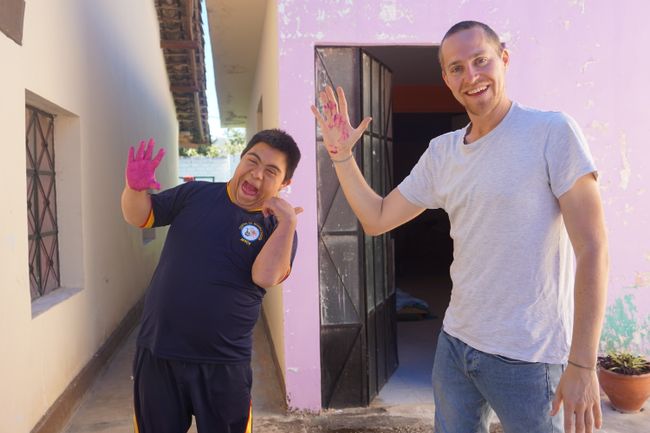
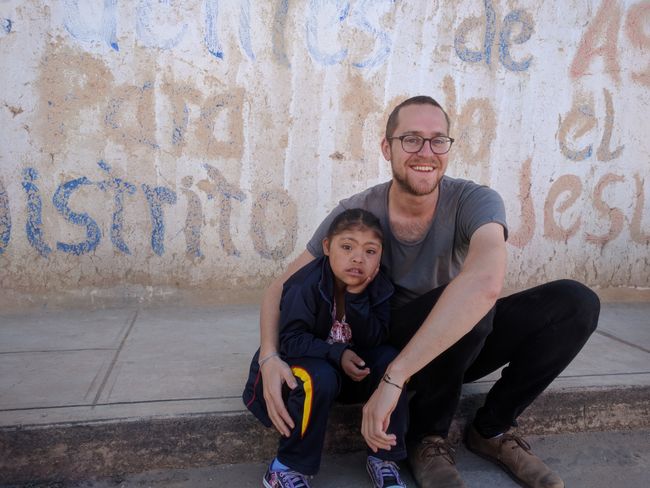
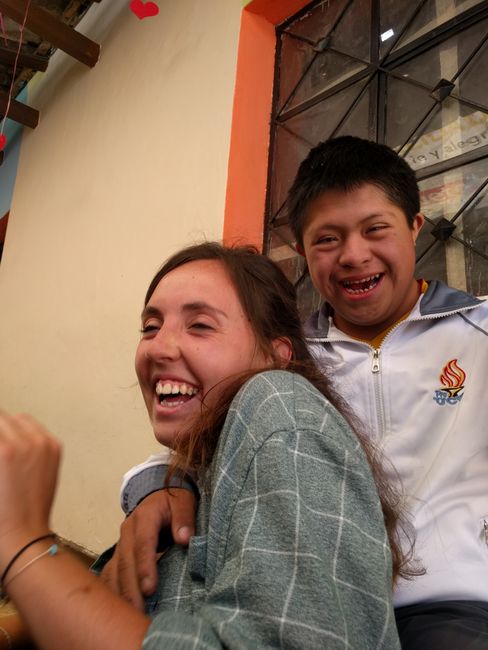
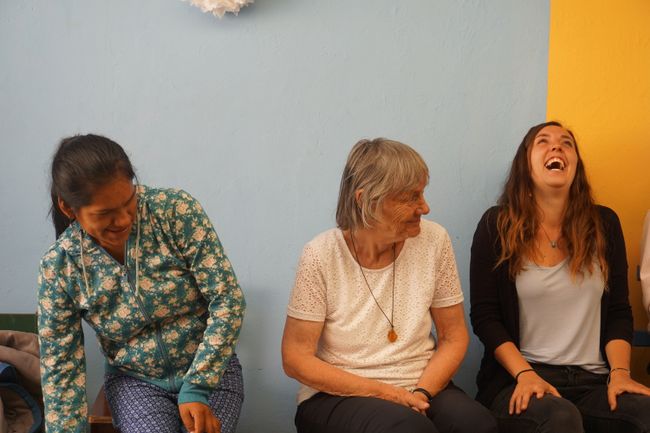
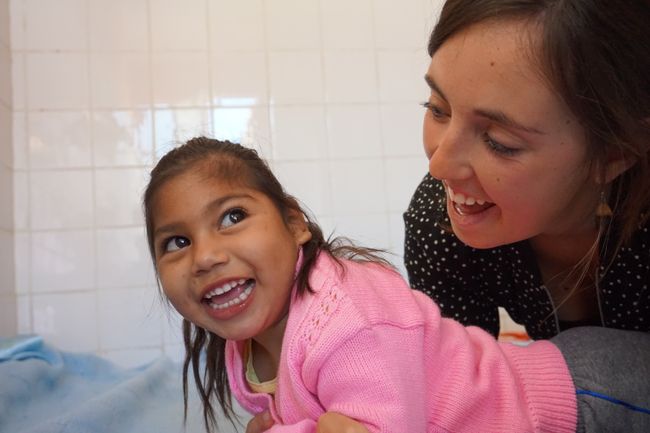
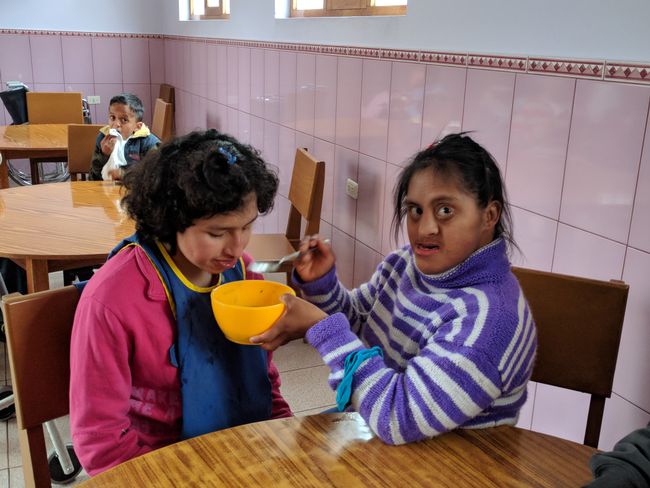
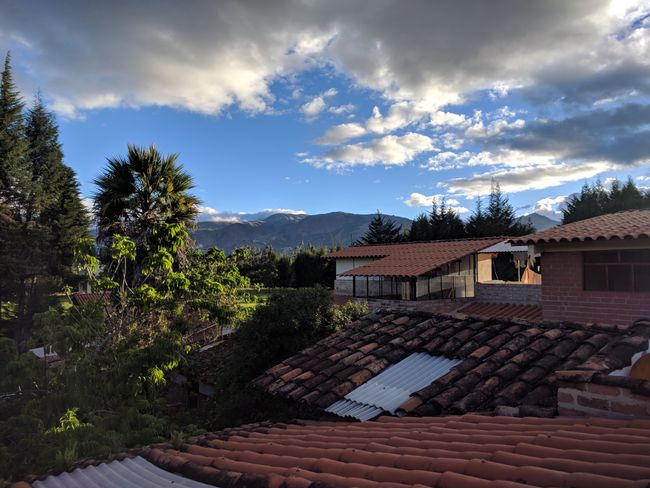
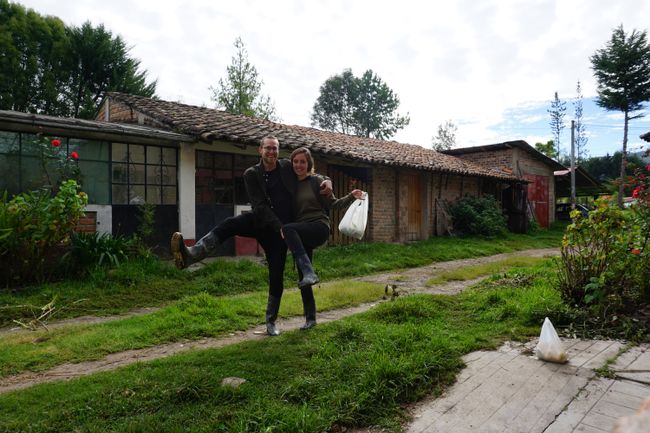
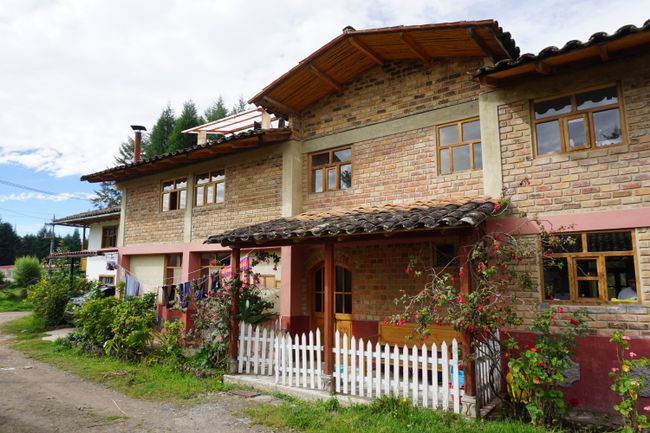
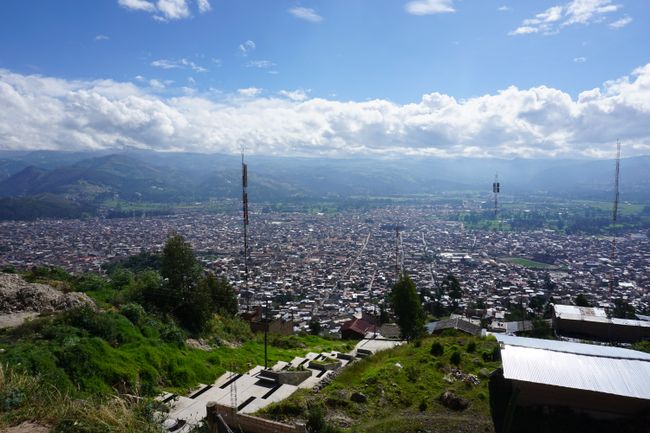
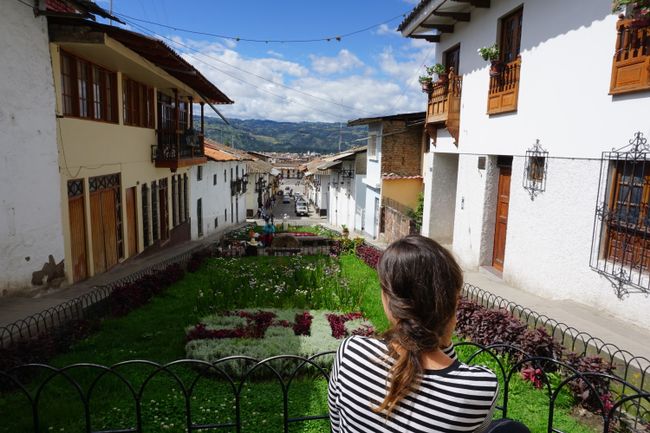
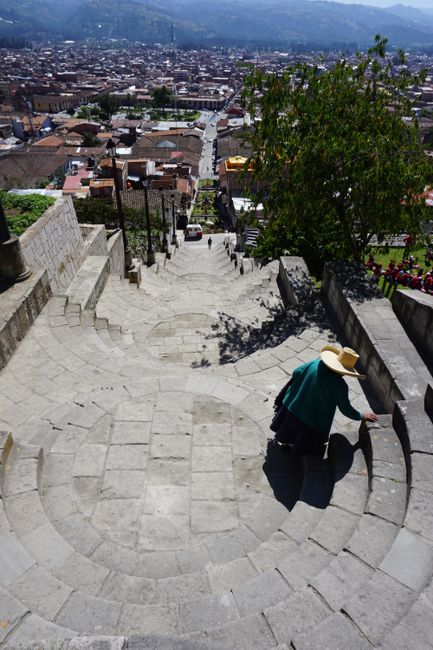
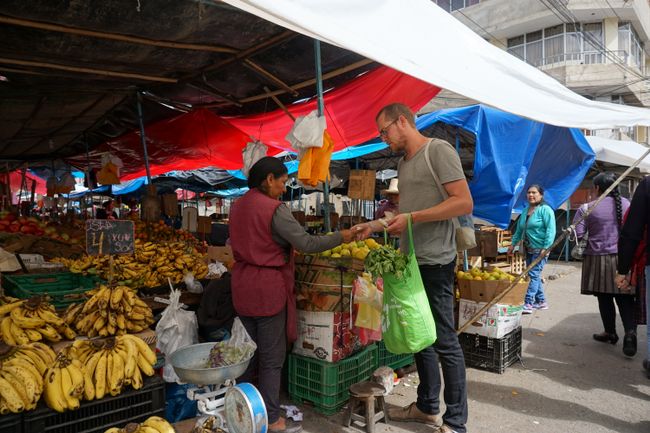
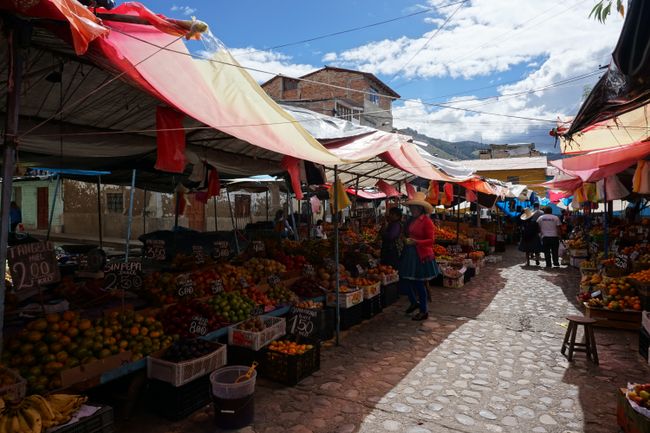
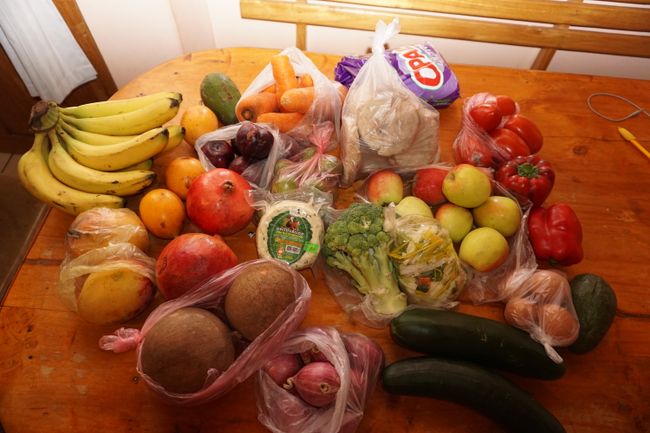
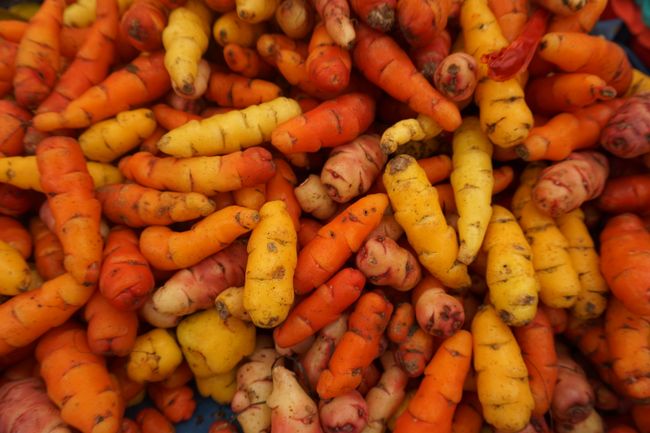
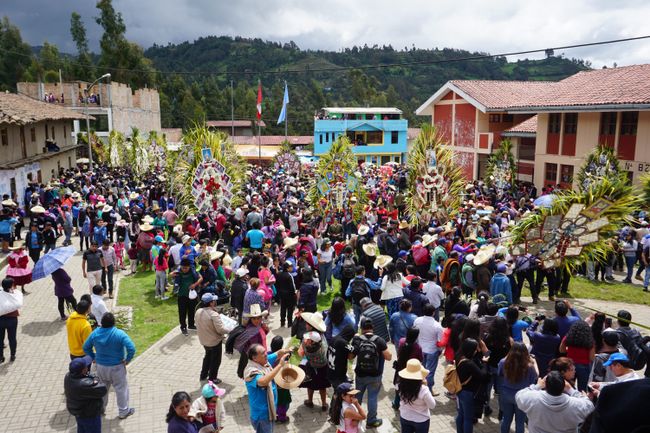
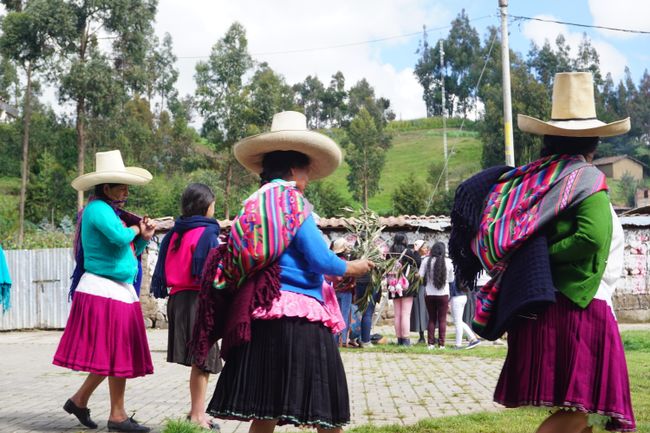
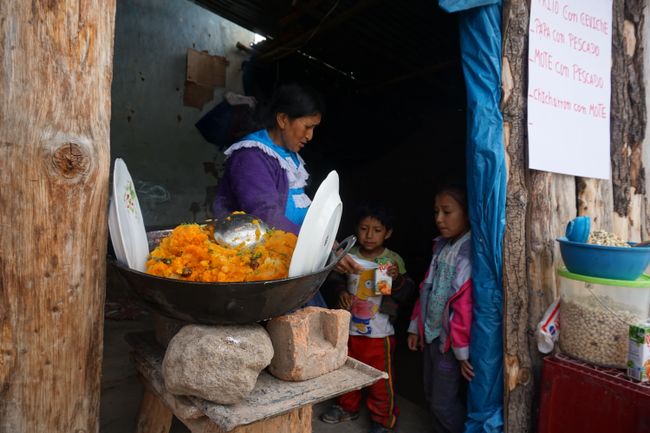
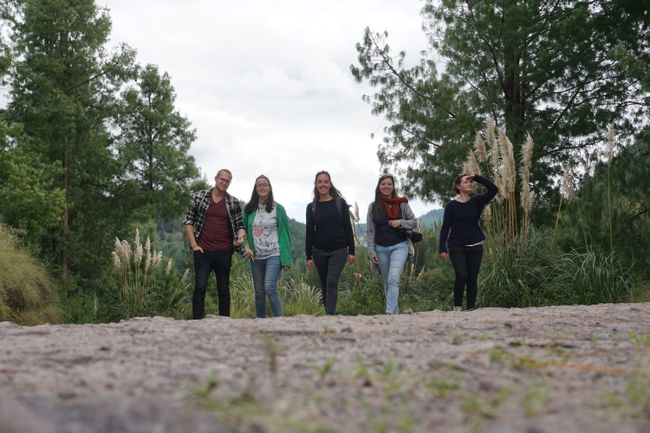
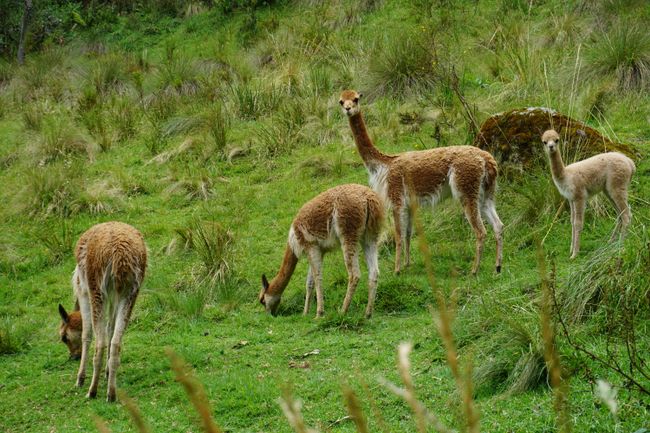
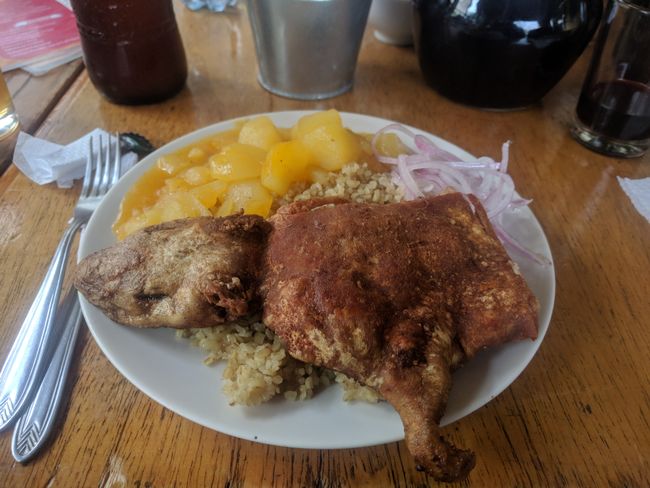
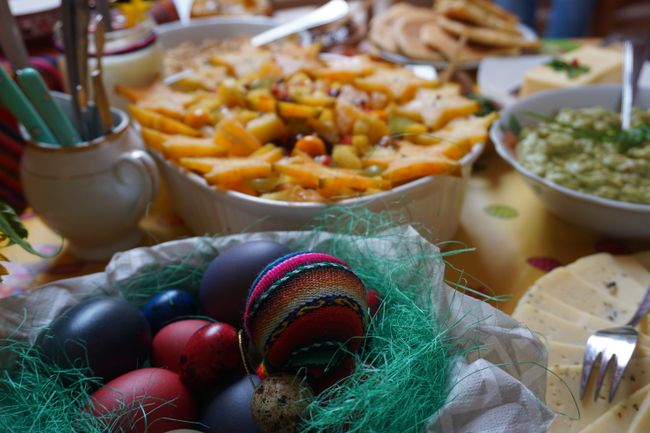
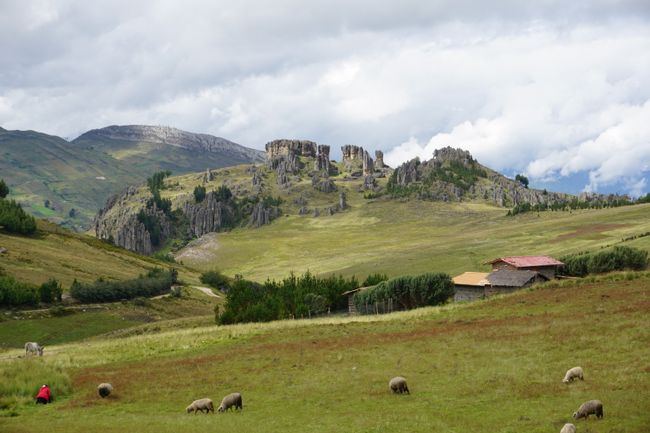
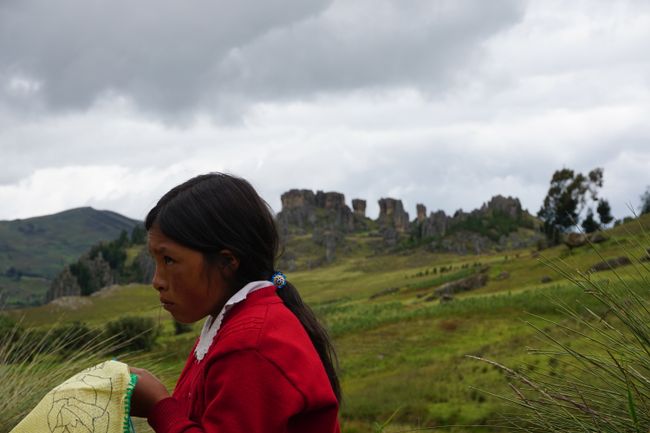
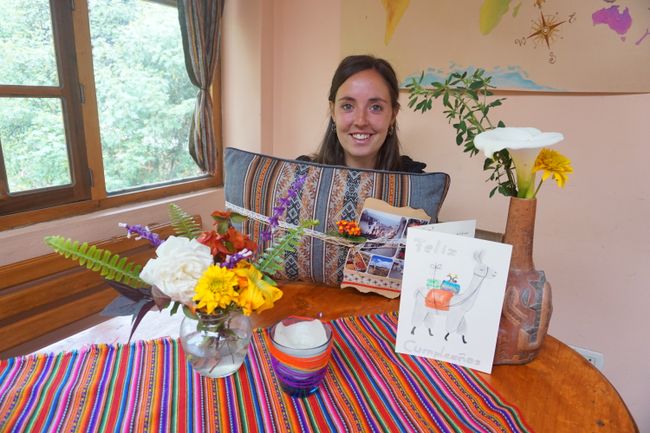
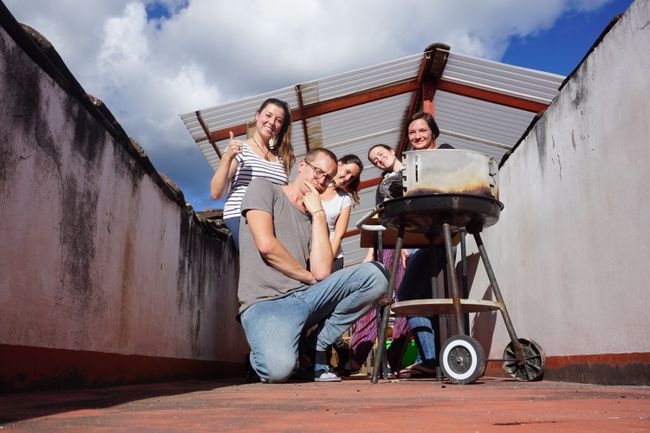
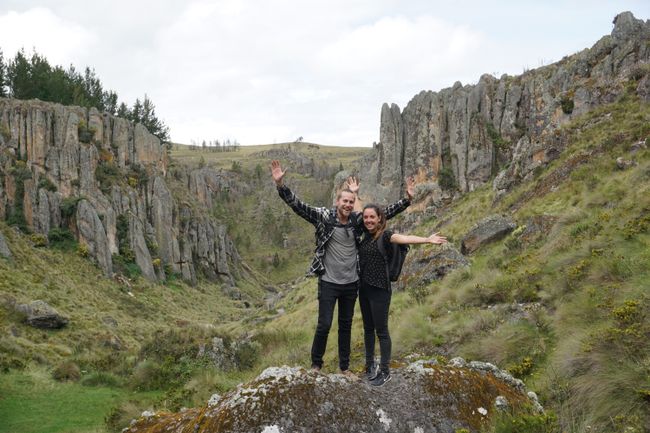
سەبسکرایبی هەواڵنامە بکەن
...now it's time to get back to work!!!
Since we are not children of sadness, we have always had a lot of fun. Whether it's when a landslide happens, riding the overcrowded school bus, hiking, or feeding our new little friends.
But let's take it step by step...
Let's go back a few weeks in time. Once again, we leave Cuenca, but Ecuador is not completely letting go of us, so we visit the beautiful South of the country.
We discovered an incredibly amazing accommodation in Vilcabamba through some connections. Hosteria Izhcayluma had absolutely everything we needed. Bavarian charm meets Ecuadorian natural beauty.
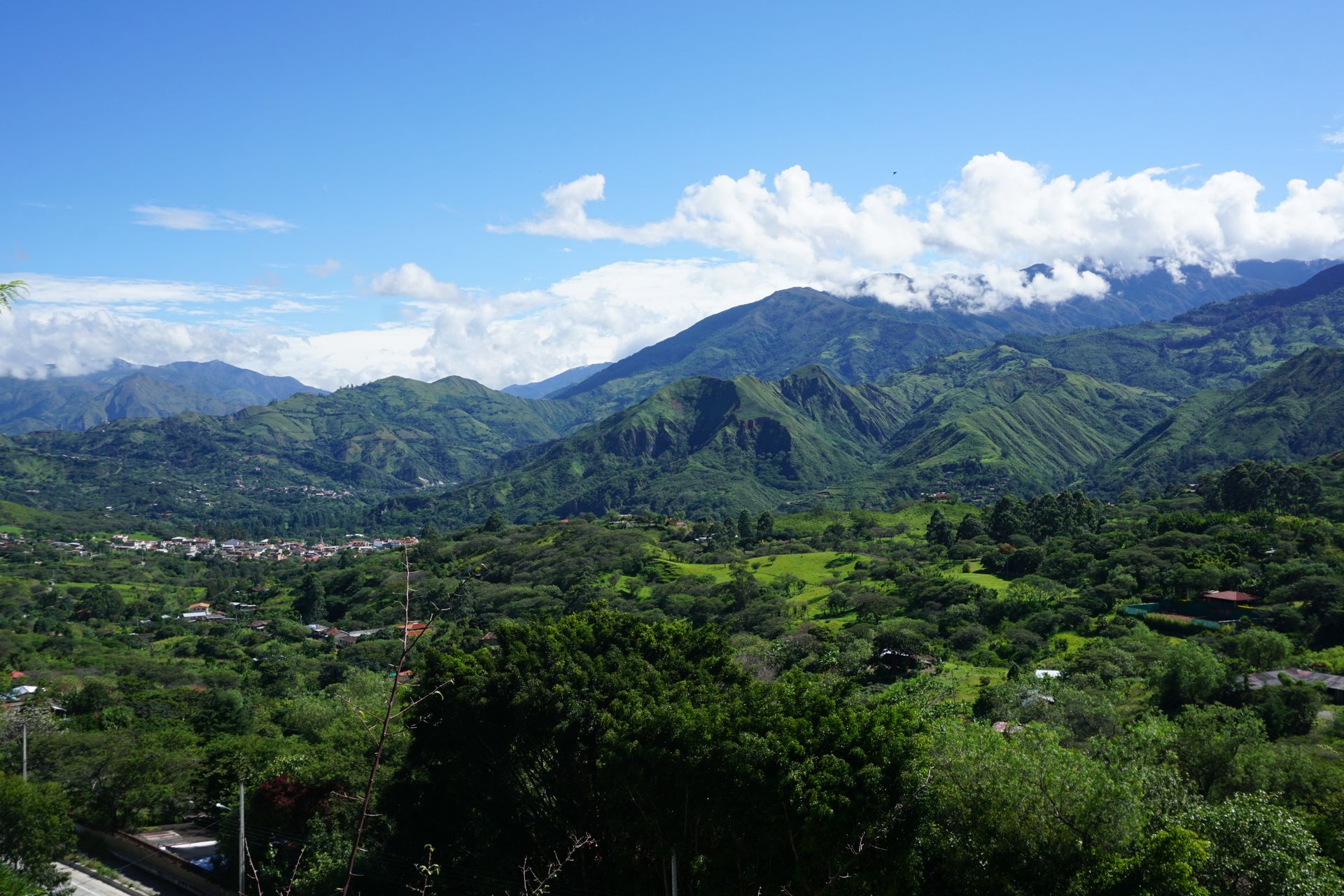
The two brothers bring their Bavarian charm to this paradise that they created two decades ago, leaving behind their home in Bavaria. With morning yoga sessions, freshly baked bread, self-brewed beer on tap, Ecuadorian-German cuisine, and countless hammocks, this place fulfills the idea of a perfect vacation spot 100%. The landscape (now we are only at 1600m above sea level) invites us to go hiking, which we of course took advantage of.
Traveling to Peru with some obstacles
What was planned as a 15-hour journey to Mancora (Peru) turned into a long 21-hour bus ride. Everything was going according to plan until, after about 6 hours, just 20 km before the Peruvian border at 3am, the bus came to a stop. The bus driver abruptly said, "No hay paso - there is no way forward," and went to sleep in the last row. Feeling completely lost, we followed the lead of the other passengers (mostly Ecuadorians/Peruvians) and tried to get some sleep in the stuffy-hot bus.
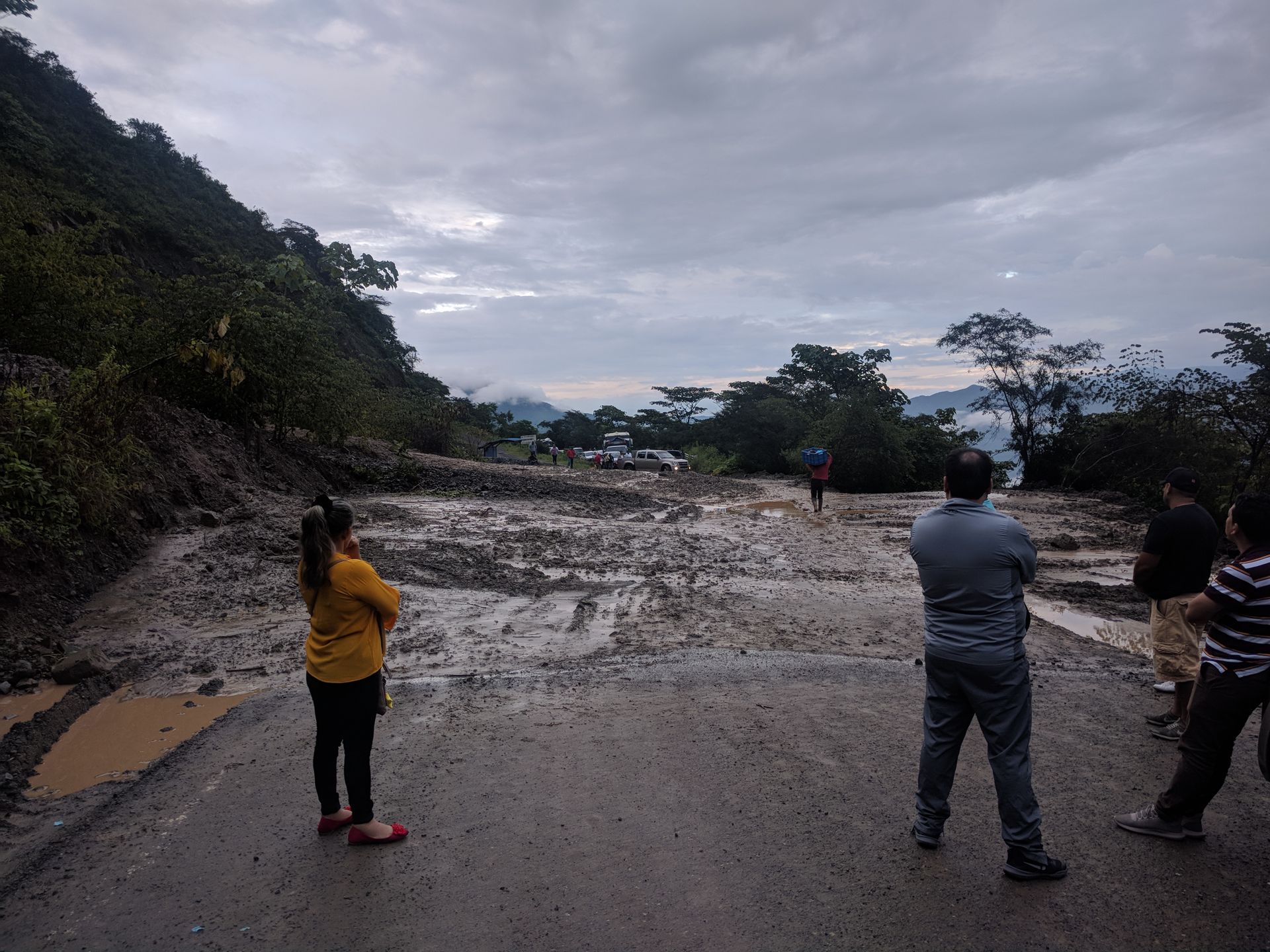
It turned out that due to the ongoing rain, a big landslide had blocked the road. It wasn't until 9am that the road was finally cleared and we could continue our journey with a significant delay.
Cajamarca - A project that is really worthwhile
Just a few days ago, we spent some time in the hot and dusty coastal town of Mancora, and now we sit on a night bus to Cajamarca (in the north of Peru, in the middle of the Andes), where we will spend the next 2 months.
After a very nice welcome by Christa, a lively 76-year-old German woman who has been living in Cajamarca for 43 years and has dedicated her entire life to children with disabilities and needy families, we had a delicious breakfast and got to know each other.
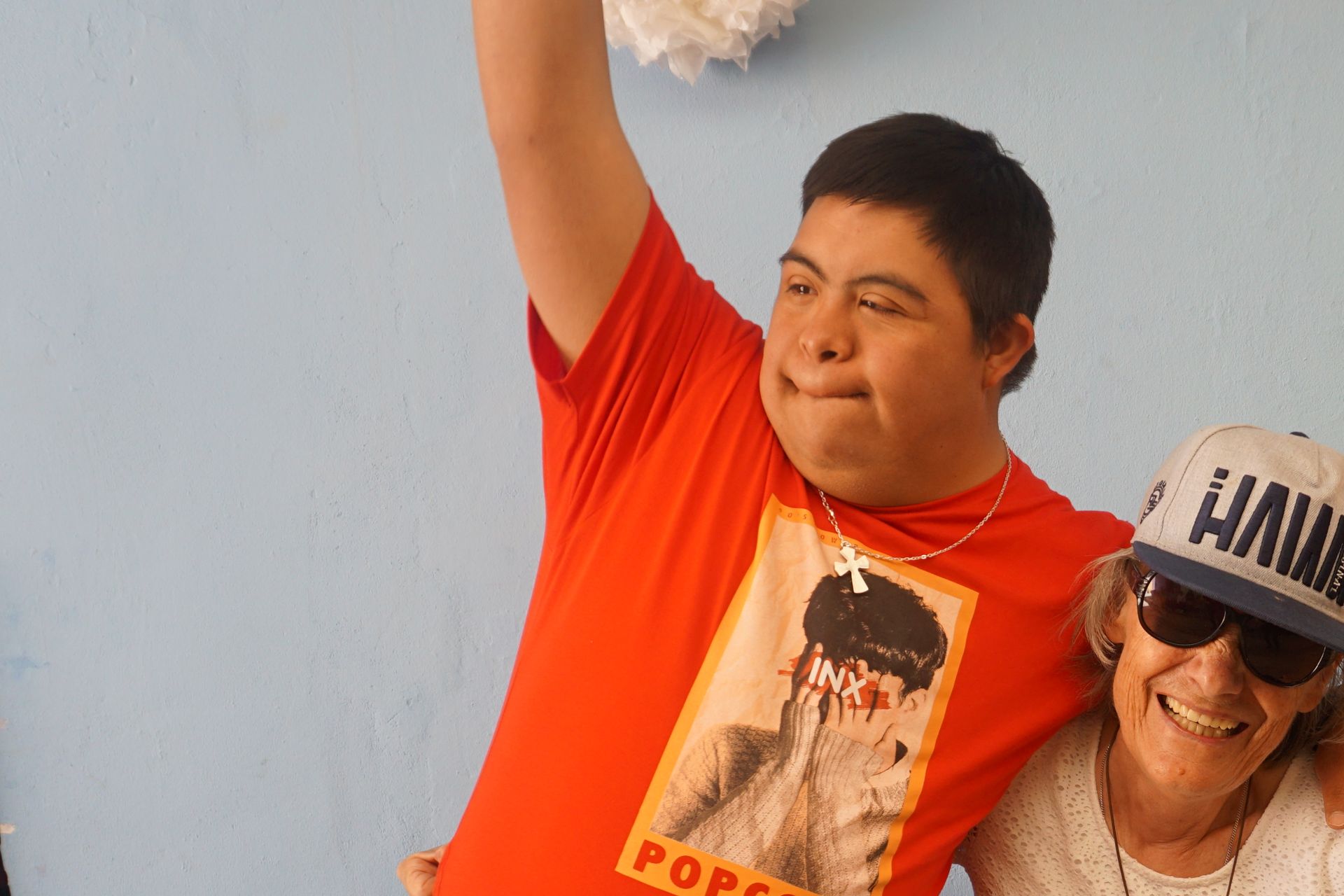
Our showman Edinson and organizer Christa
We have never met such an energetic and selfless woman before. It's incredible what she has built here and the stories she has to tell.
The organization she founded (Asociación Santa Dorotea) includes the following facilities:
- a special school in the small town of Jesús
- a children's home in Baños del Inca
- the Los Jazmines hostel in Cajamarca
- and the farm in Porongo
Volunteers, some families, and various animals live here, and the most important member is the lovely guard dog, Prisa.
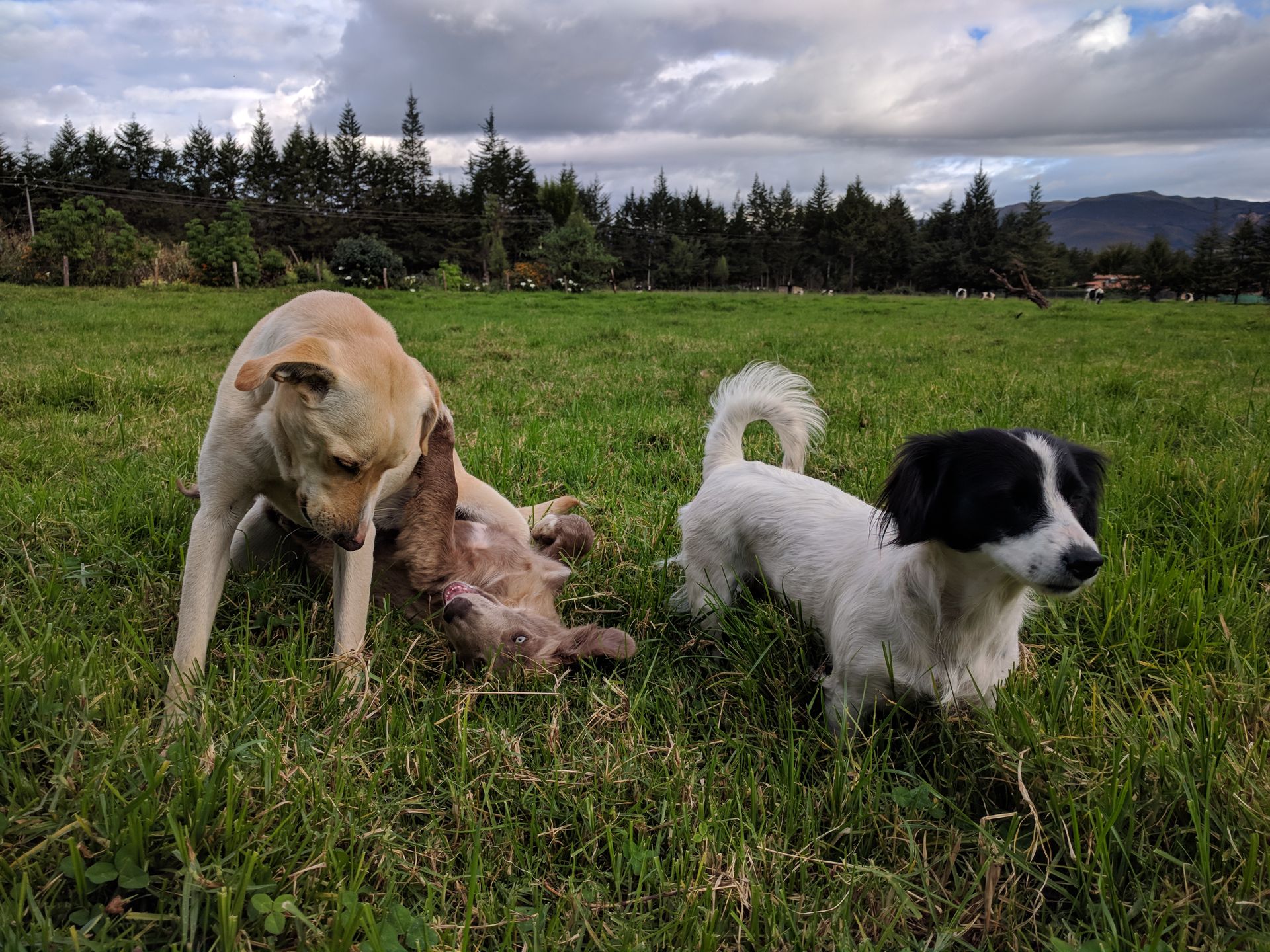
In addition, the organization supports children from poor families and provides them with medical care in Lima (where there is also an apartment where the families can stay).
Join us for a typical day
The morning
With Austrian punctuality, we wait every day at 8 am at the street corner to squeeze into the crowded school bus with the children. Those who sit at the back sometimes suffer a bit - it's not uncommon for the little ones to release some gas, which lingers in the back row for quite a while.
When we arrive at the school in Jesus, about 50 minutes and only 22 km away from Cajamarca, we have to wait. Waiting is something they are really good at in South America. The older children take care of the cleanliness of the schoolyard and the little ones enjoy watching. No one really knows what the teachers do during that time. We sometimes encounter questionable work ethics here - but well, that's just the cultural difference.
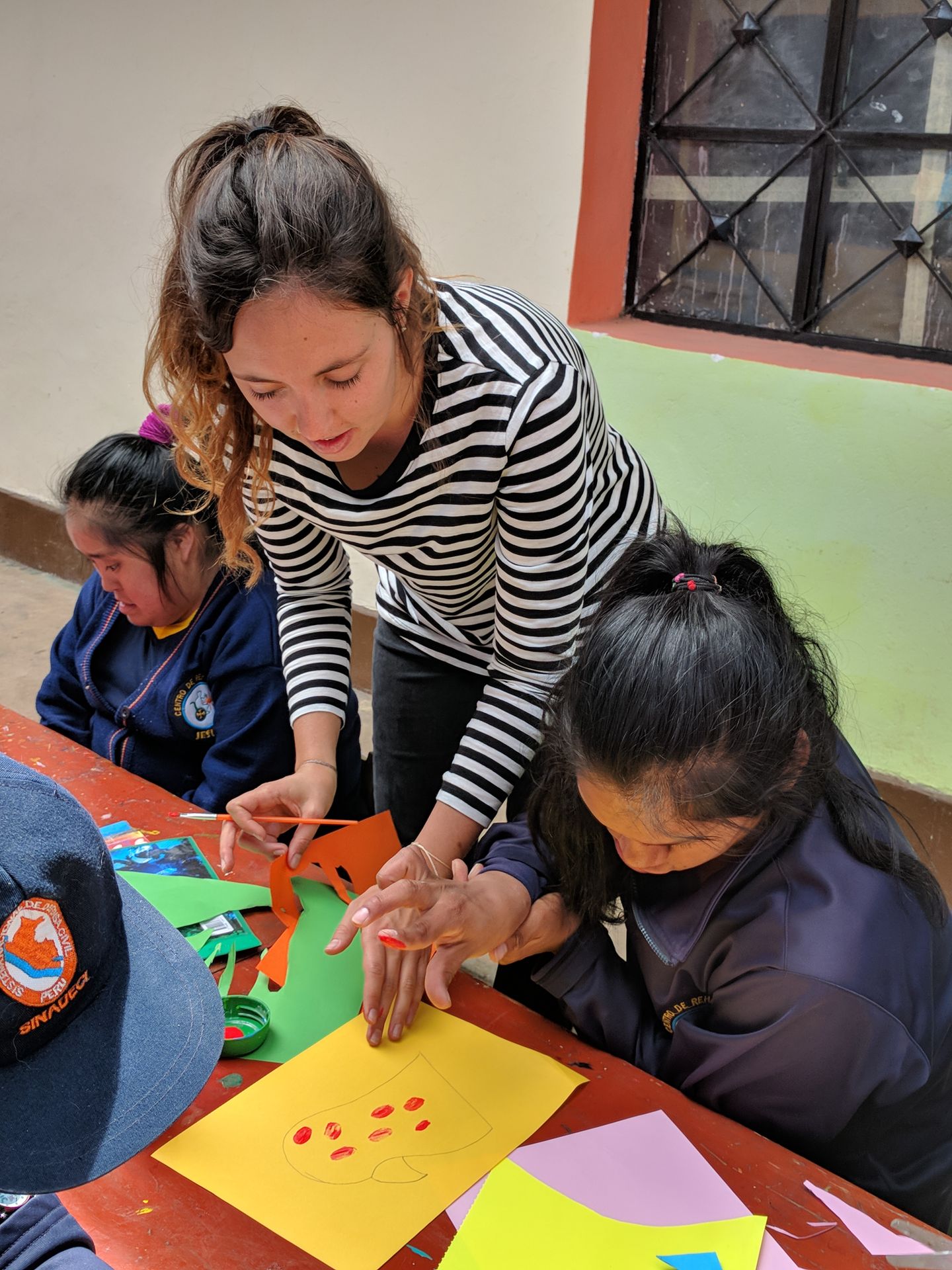
The organization of the lessons is often handed over to us. Whether it's math lessons, creative work, teaching a specific topic (currently we are learning about animals), or whatever else needs to be done - the possibilities are endless.
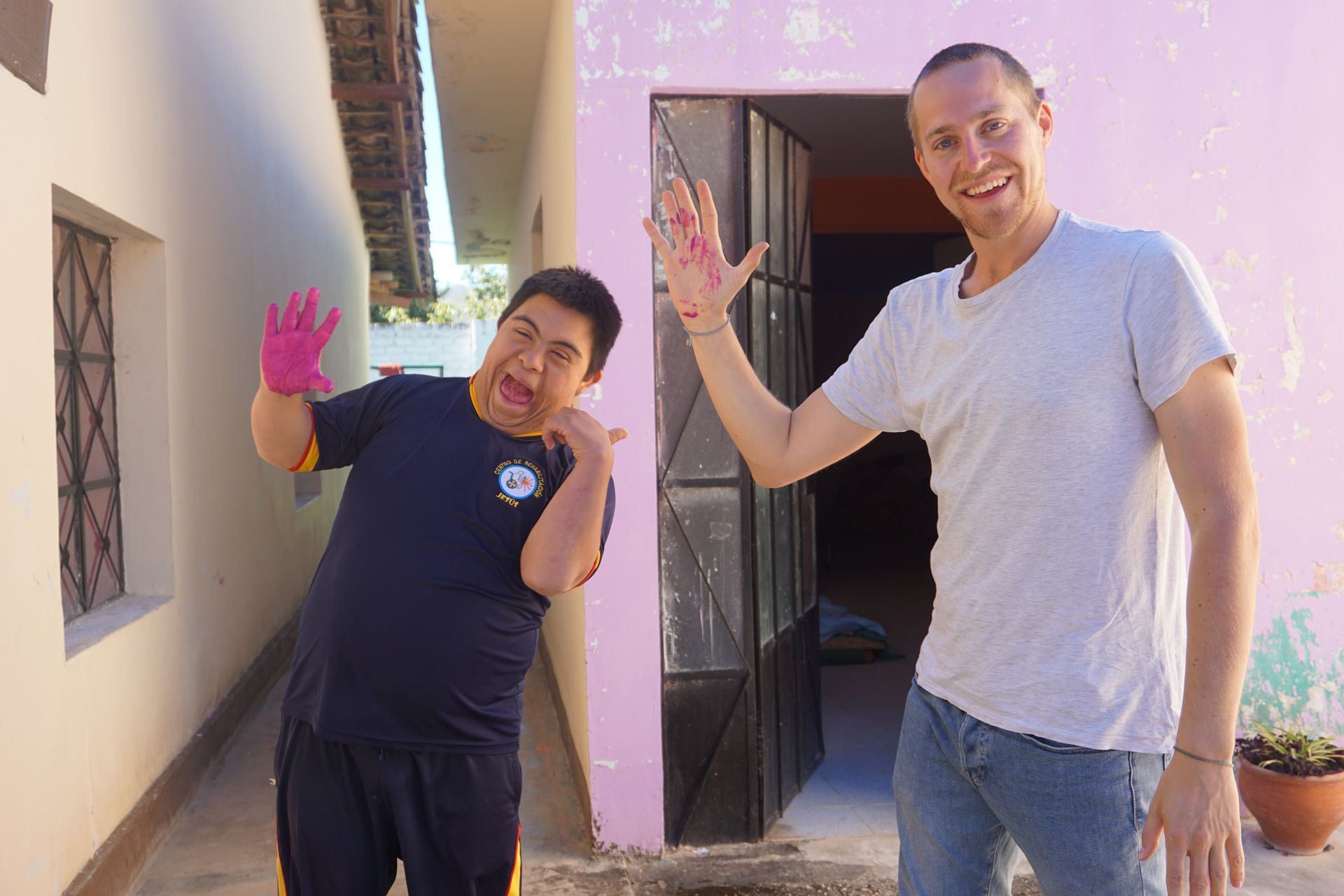
I, Simone, also get to use my therapeutic skills. I have a more or less decent therapy room with some useful materials. I do miss the well-equipped rooms in Austria, but I can work with the kids here in peace.
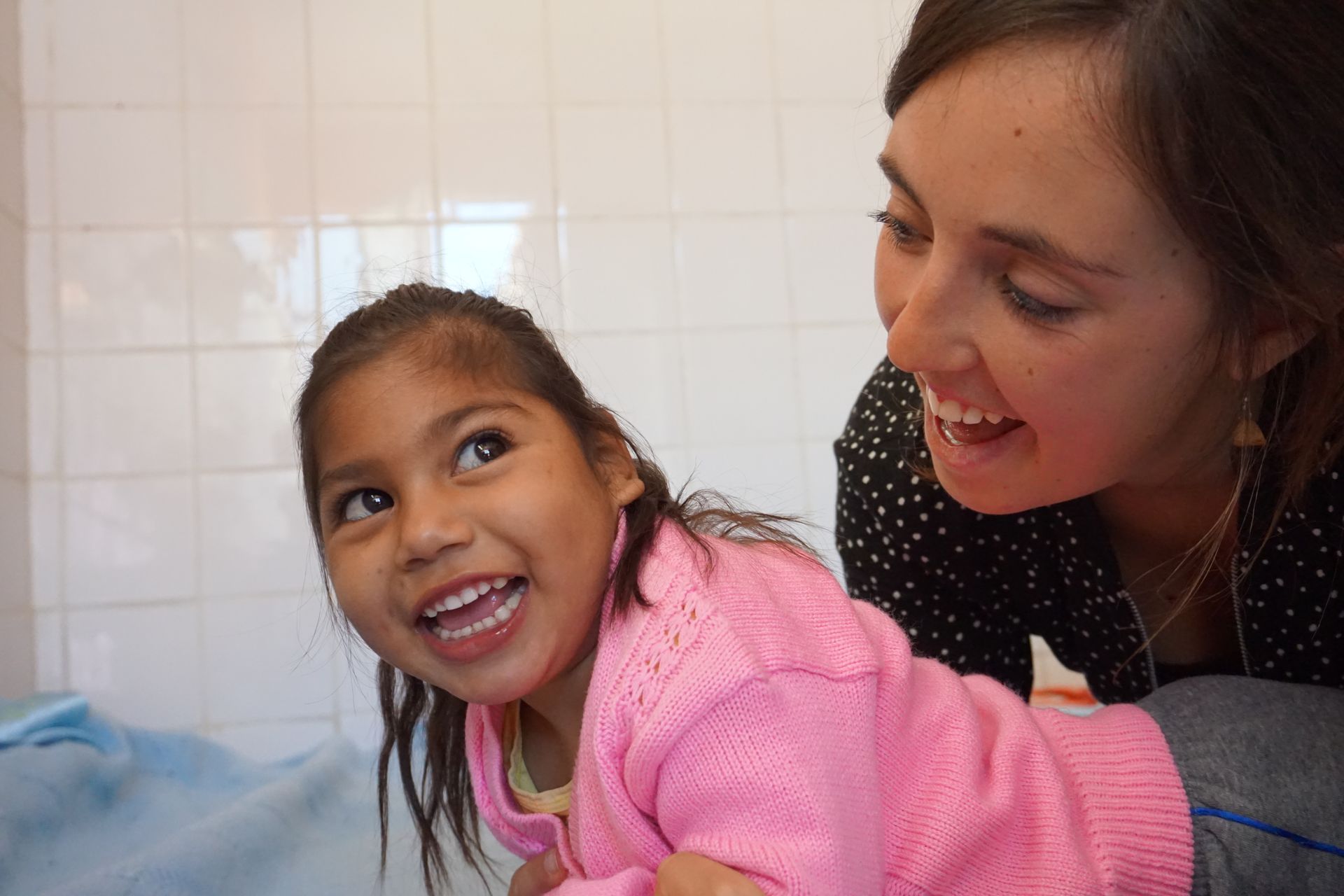
The lovely Rosa - also known as the cleaning lady and cook - provides our little ones as well as the teachers with a varied lunch. Let's not forget that the children have their refrigerio (snack) about an hour before this meal. It's incredible how much some of them can eat.
After lunch, we head back to the city. If we find enough space, the school bus takes us, otherwise we take the public buses that run regularly. We make sure the children are safely delivered home. It's unbelievable how funny such a seemingly inconspicuous journey can be. The top topic every day - WHAT ARE WE GOING TO EAT? Without exaggeration, Edinson asks us this question about 10 times - it's worth mentioning that he loves to eat.
Our physical well-being
Every day, we have a delicious lunch at Christa's house in the city. Maria, the cook and former student of Christa, spoils us with a mix of Peruvian and German cuisine. After that, it's time for a SIESTA, we take a little rest.
The afternoon/evening
At around 4 pm, we set off to the children's home in the neighboring town of Baños del Inca. About 35-40 children with various disabilities live here.
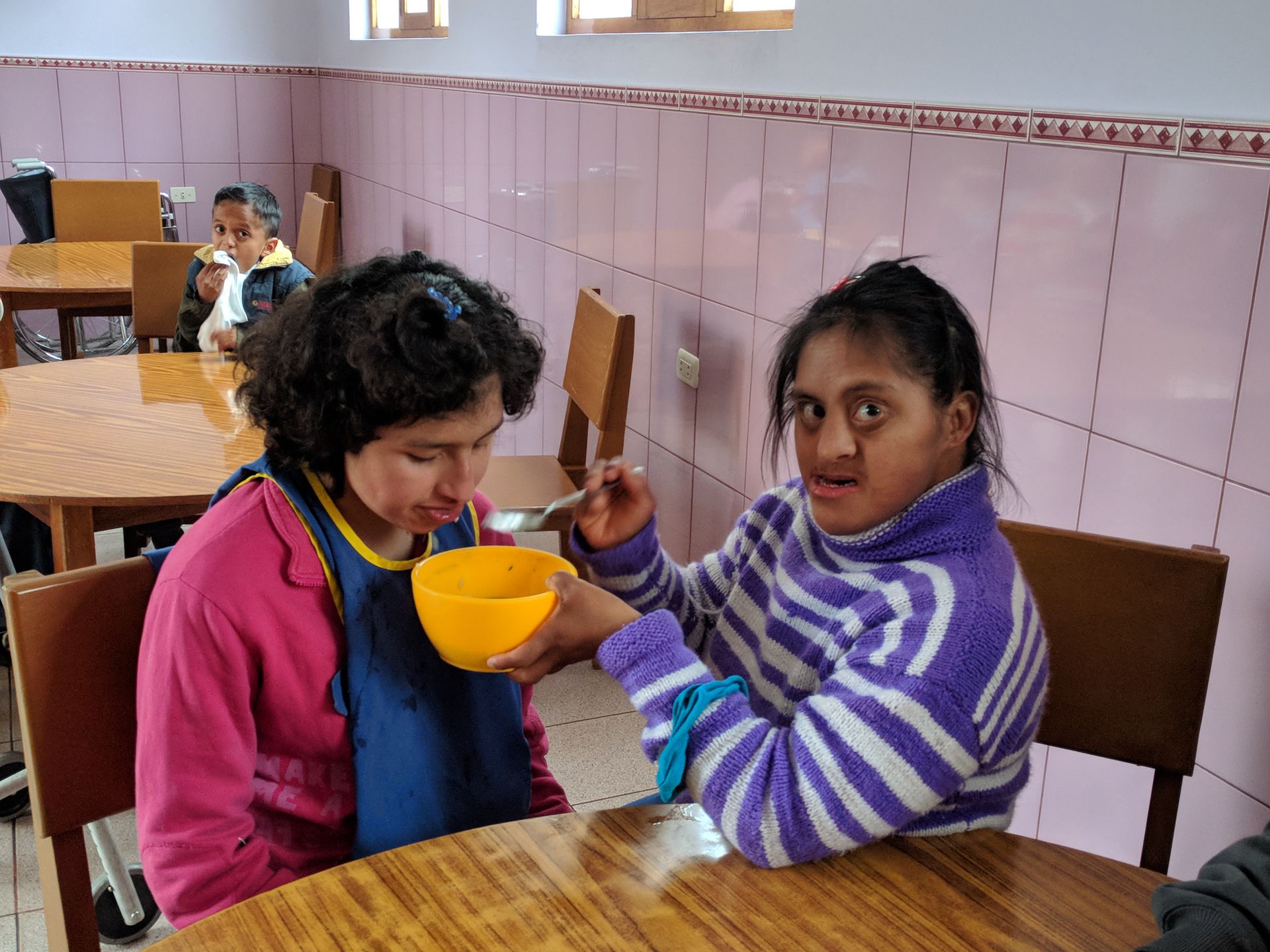
We assist the "mamis" (caregivers) with the daily evening routine. Our tasks include feeding, brushing teeth, getting changed, and putting the children to bed. At 7 pm, the lights go out and peace settles in. It also marks the end of a long day for us, filled with fun, responsibility, challenges, and occasionally a little pee on our hands.
Simone's work routine is slightly different on Mondays and Thursdays. On these two days, she offers therapy for children from the surrounding villages (sometimes a 1-hour drive away). She can conduct these sessions in the therapy facilities of the home.
Farmer Mike and Cowgirl Simone
Yes, we live here in paradise, on a beautiful farm surrounded by greenery. Peace, tranquility, cow dung, and many dogs surround us every day. We live in a shared apartment with 4 other volunteers from Germany.
The highlight here: we can drink the water from the tap, which comes directly from our own well!!!! This fact is very unusual in South America.
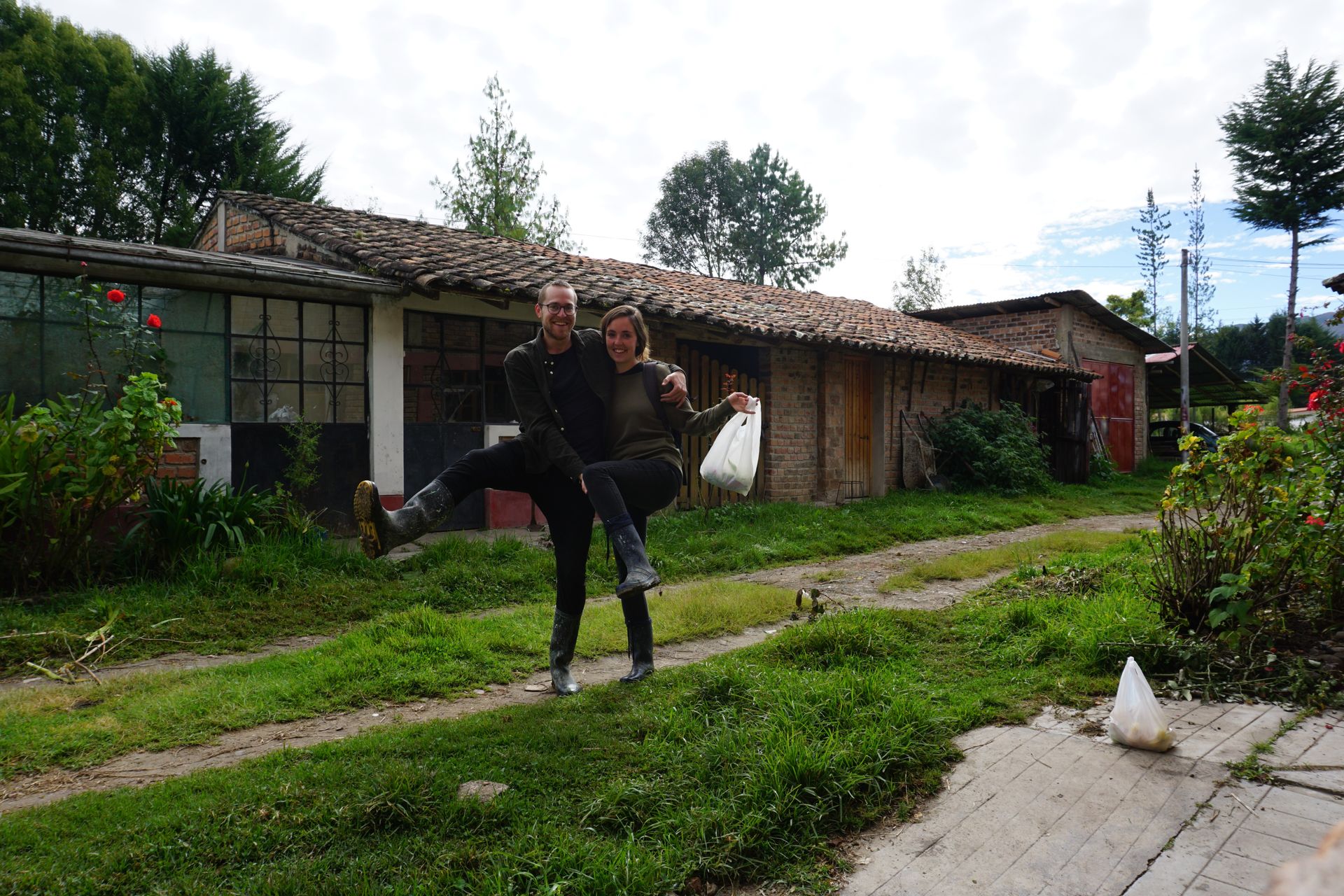
What is Cajamarca like?
Hardly anyone who travels to Peru has heard of this city, read about it, or even intended to come here. What a shame!!!
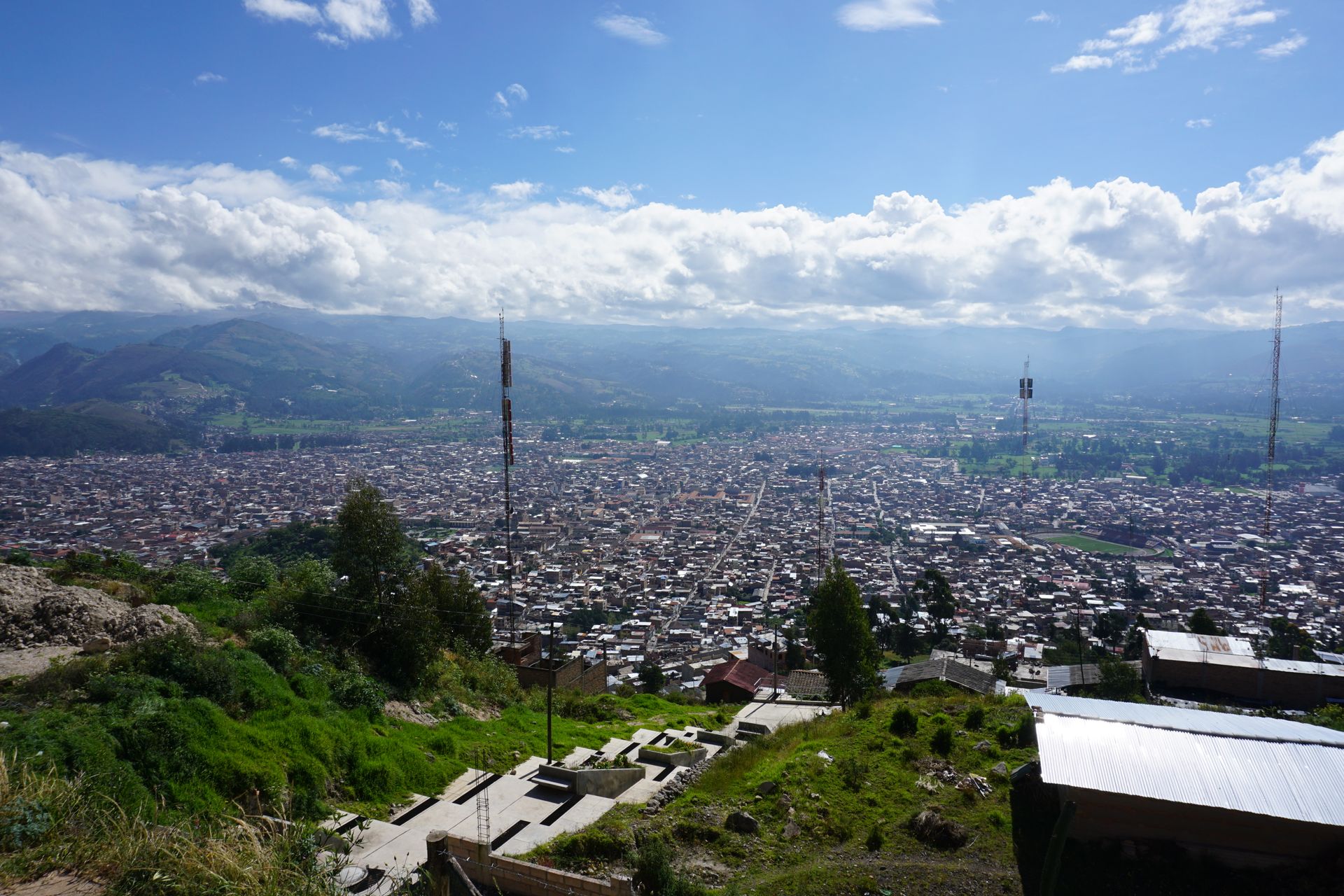
Cajamarca (2700 m - 300,000 inhabitants) is very similar to the city of Cuenca (2500 m). It might be a bit less hip and international, but it's exactly this fact that gives it a certain charm. From a historical point of view, Cajamarca is the place where the Spaniards began the conquest of Peru and brought about the downfall of the Inca empire. We didn't know that before.
And for those who think that only Austria and Switzerland have really good cheese to offer, they are wrong. All cheese lovers, come to Cajamarca - the cheese city of Peru. Every Peruvian tourist who comes here returns home with kilos of cheese.
We love the market here, which stretches through what feels like half the city every day. When we're here, we usually go on a shopping spree.
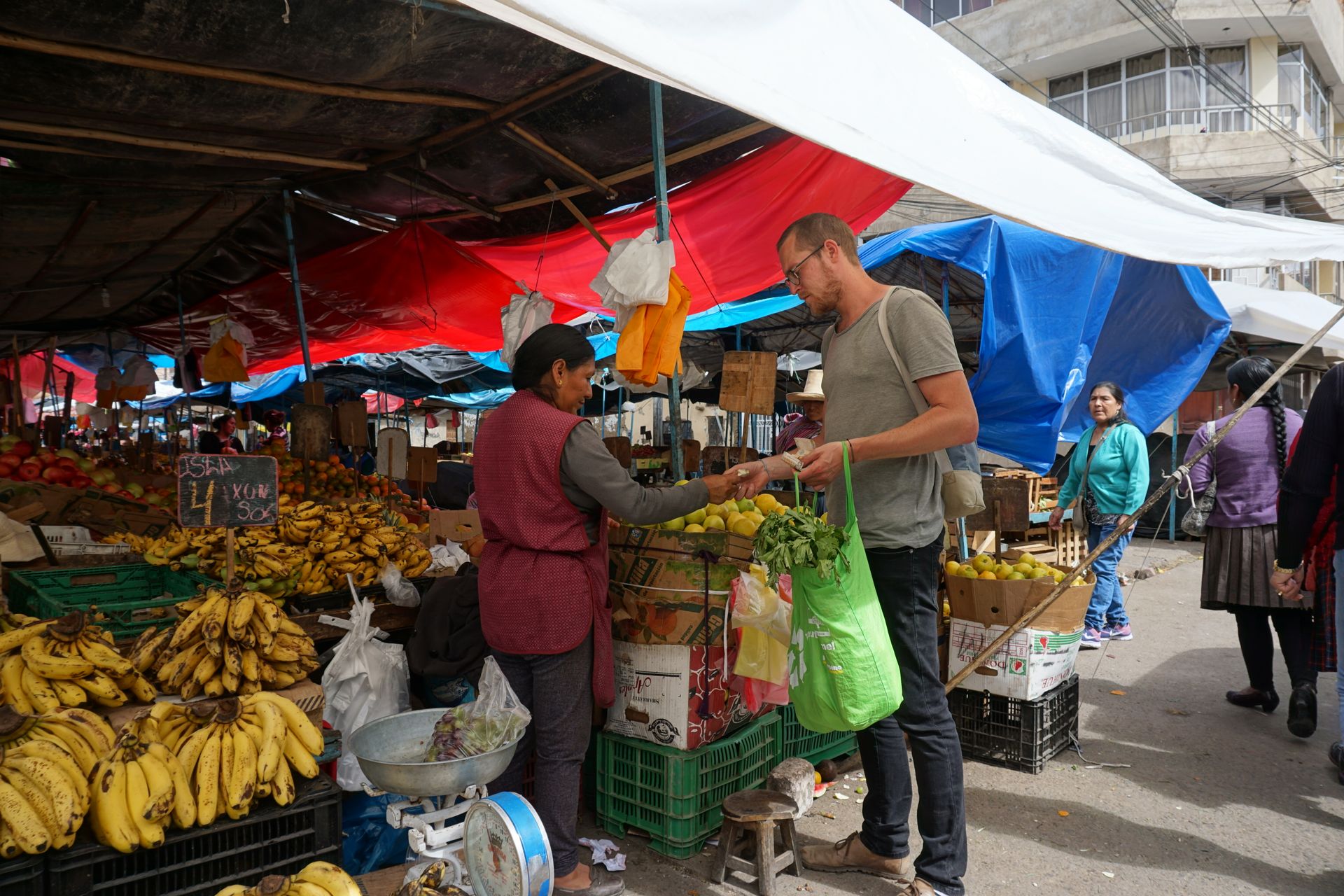
For 1 Sol = 0.27 € you usually get
1 avocado/5 bananas/4 whole grain bread rolls/1 packet of soup vegetables/4 passion fruits/30 limes or 4 eggs
We treat ourselves daily to fresh fruit and vegetables from the market. We are doing well - life here is good.
To get a better idea of how much we bought at the market for 61 Soles, which is about 16.5€, here is a small list:
2 mangoes + 12 bananas + 12 limes + 6 eggs + 5 plums + 1 kg of apples + 0.5 kg of onions + 1 kg of tomatoes + 3 granadillas + 1 kg of carrots + 2 mammaes + 2 pomegranates + 8 small bread rolls + 1 broccoli + 3 avocados + 2 peppers + soup vegetables + 300g of cheese + 800g of laundry detergent
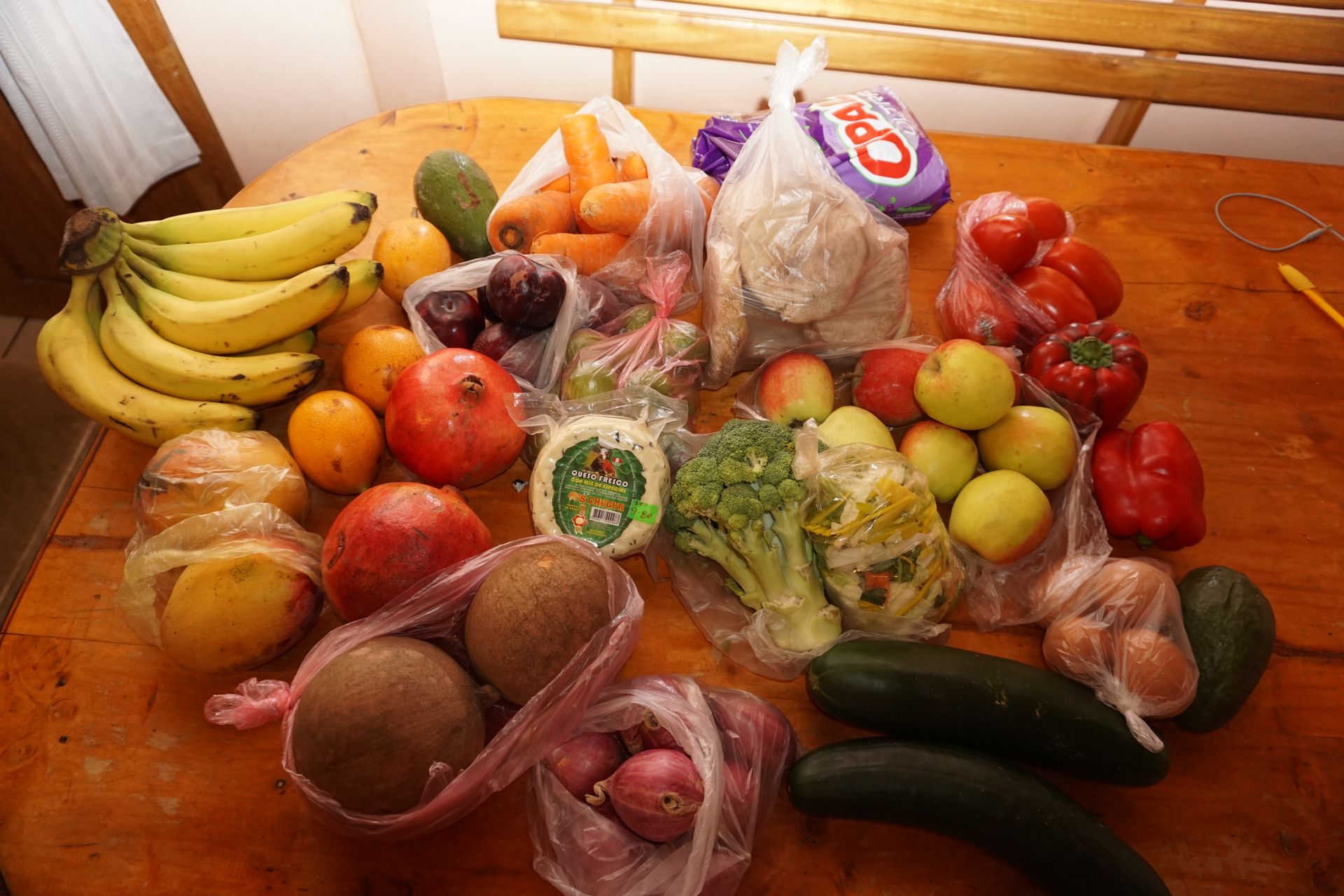
Culture galore - Peru at its best
We've noticed that after traveling for so long, we don't necessarily want or need to visit every attraction. However, it's nice to occasionally explore the surroundings.
So we went to Porcon Baja on Palm Sunday, together with the other volunteers, Christa, and her husband Santiago (our temporary grandparents). There is a very special custom here, supposedly unique in Peru. Large decorated crosses are carried by strong men from the surrounding villages, mostly on foot. In front of the church, the men with the crosses bow down (it's hard work, if we remember correctly, each cross weighs about 60-70 kg).
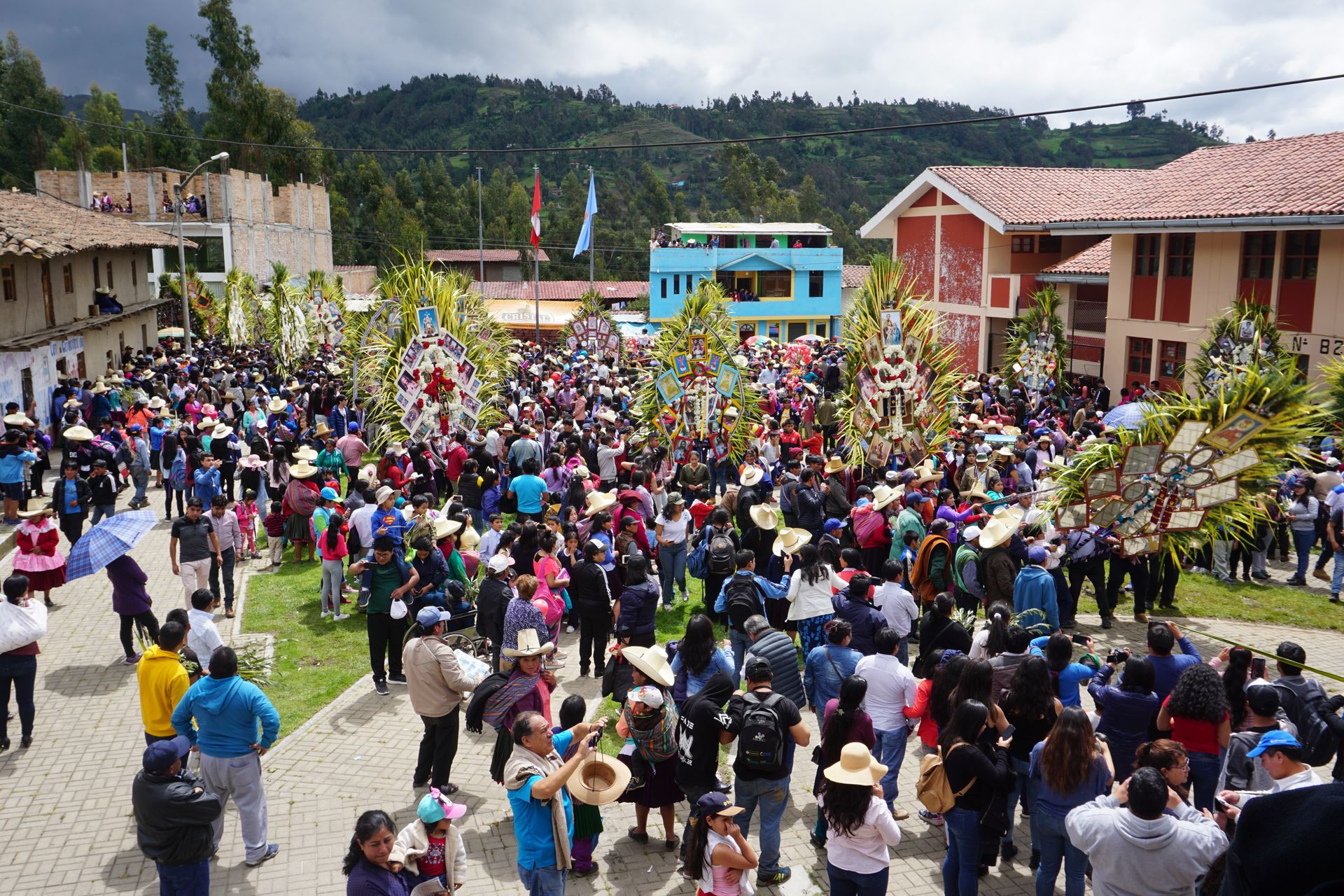
Recently, Milena, Saskia, Maria, and we went to Granja Porcon (at 3600m) to enjoy some higher altitudes. As always, the main focus was on food - and Michi had the traditional Andean dish Cuy (guinea pig) for the second time. After an extensive photo session with the viquñas (relatives of the llama), we headed back to our farm.

The Easter weekend was perfectly rounded off with a more than lavish brunch. Among banana pancakes, cake, guacamole, passion fruit juice, our taste buds were treated with German bread (thanks to the bread mix).

Excursion to Cumbemayo
Two weeks ago, we were invited by Christa to join her on a trip to Cumbemayo. We were accompanied by an entire medical practice from Germany, which examined and treated numerous people in Cajamarca and Jesus for a week.

Cumbemayo (at 3500m) is known for its beautiful landscape, characterized by volcanic rock formations, as well as its historical background.
The word Cumbemayo comes from Quechua 'Kumpi Mayu - a well-built waterway'. Aqueducts with a length of 9 km (30-50 cm wide/40-60 cm high) were carved into the stone. It's incredible how precise the work was that was done here at least 3000 years ago.
In addition, petroglyphs, symbols carved into the stone, can be found everywhere, which are believed to be related to the culture of water. We also came across a large sacrificial stone during our hike, where both animals and humans were sacrificed.
Simone's 26th birthday
After Michi celebrated his birthday in Cuenca, it was now Simone's turn to celebrate her birthday abroad. We took the day off and surprised Simone with a delicious breakfast... and of course, there had to be gifts.
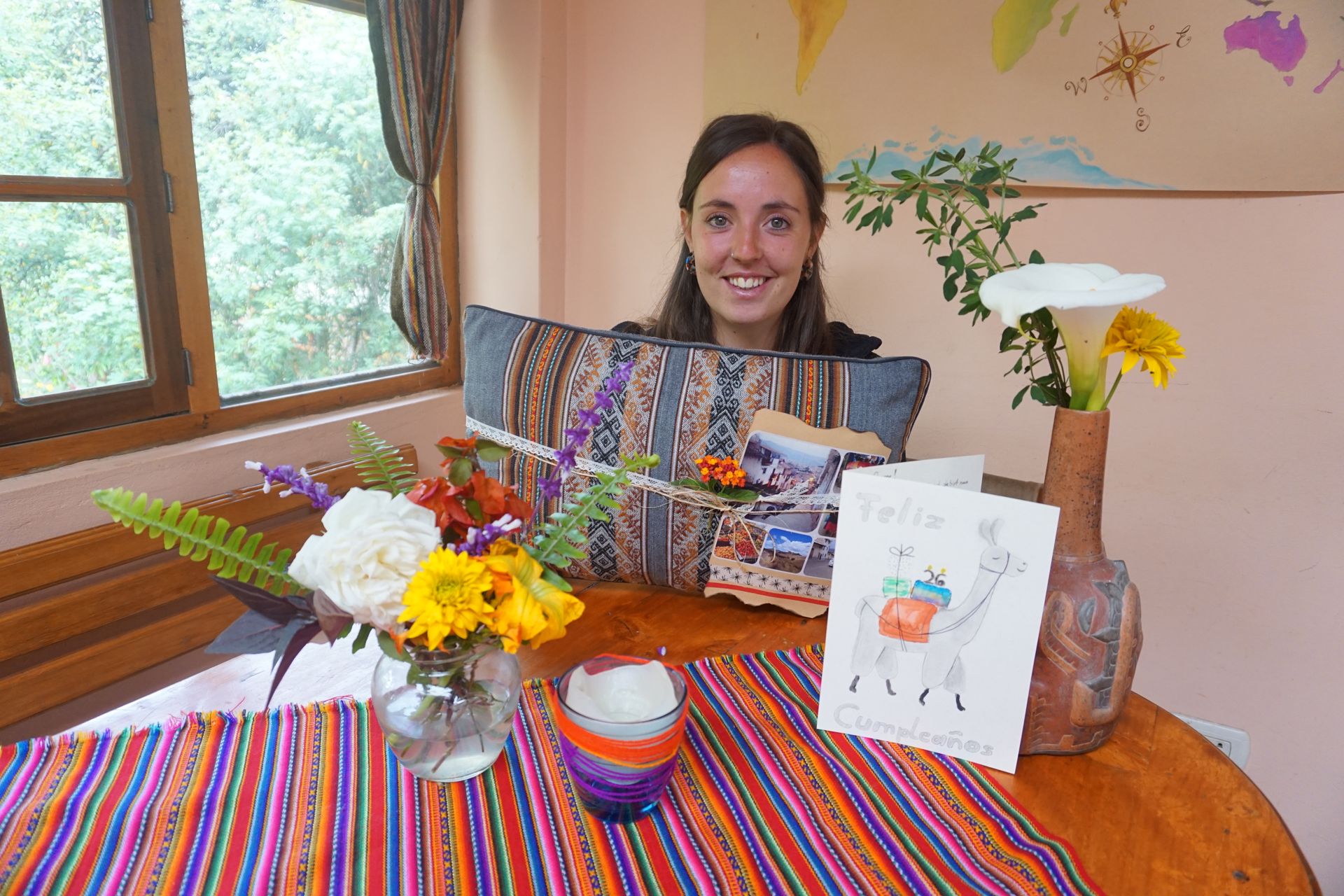
Traditionally, on birthdays, the volunteers are invited by Christa for coffee and cake (baked by Maria, our cook) at her home. We devoured this 'Torta de Platano - banana cake' after a nice afternoon on the terrace at Porongo, along with grilling and beer.
Yes, devoured, because Maria's cakes are simply uniquely delicious.
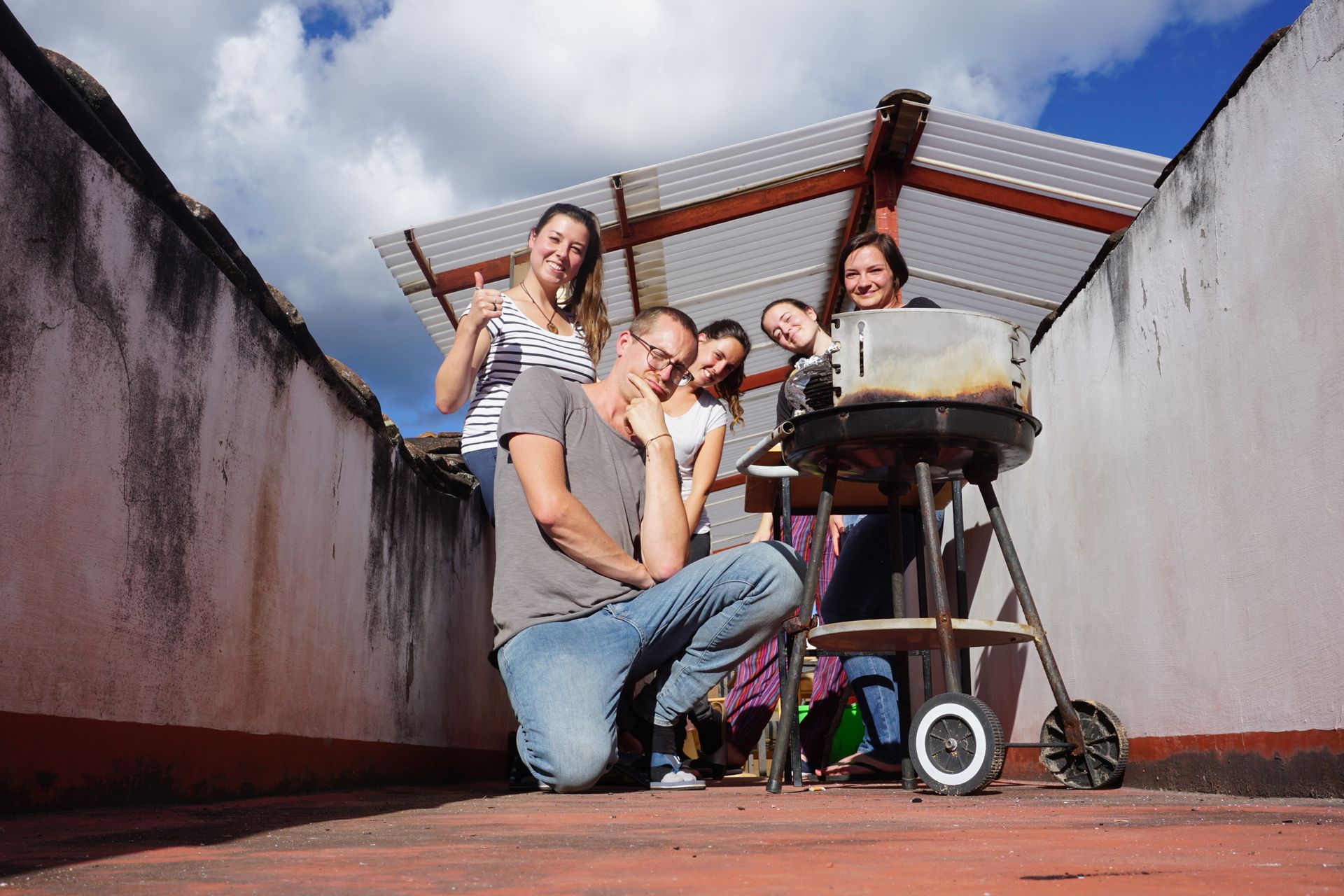
We can say it was a successful day.
Information about the organization
We urge you to take a quick look at the organization's website. If anyone is interested in getting involved or making a small contribution here on-site, we are always available. For the next 3 weeks, we will be available by phone, and then we will be fully present, both physically and mentally.
See you soon, everyone
PS: Not all photos are shown in the text, so browse through them =)
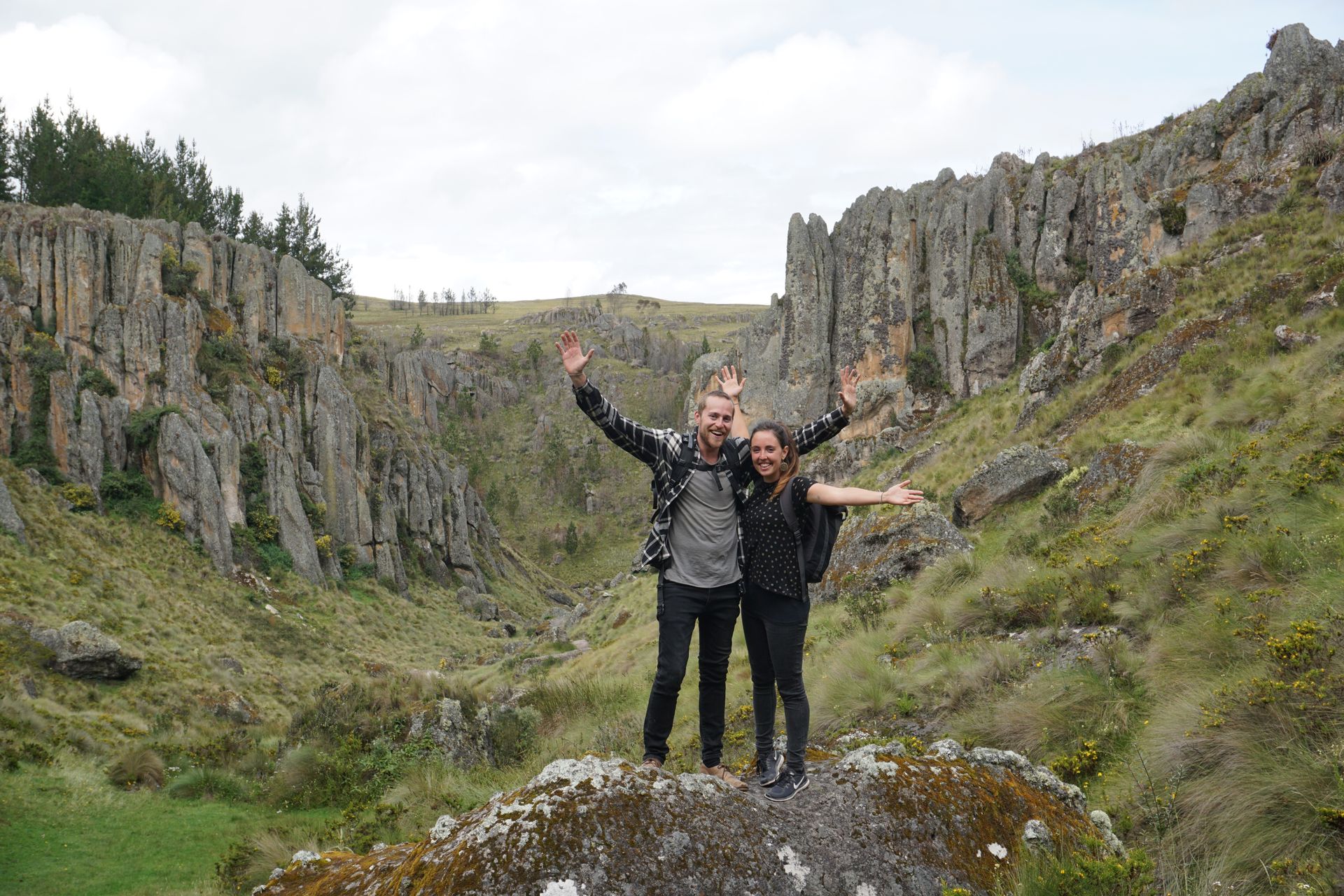
سەبسکرایبی هەواڵنامە بکەن
وەڵام

